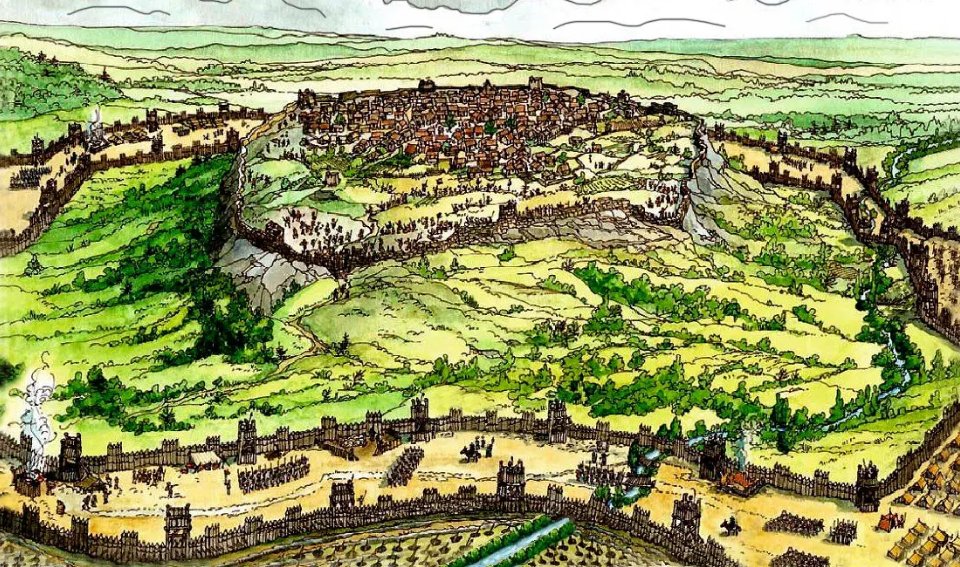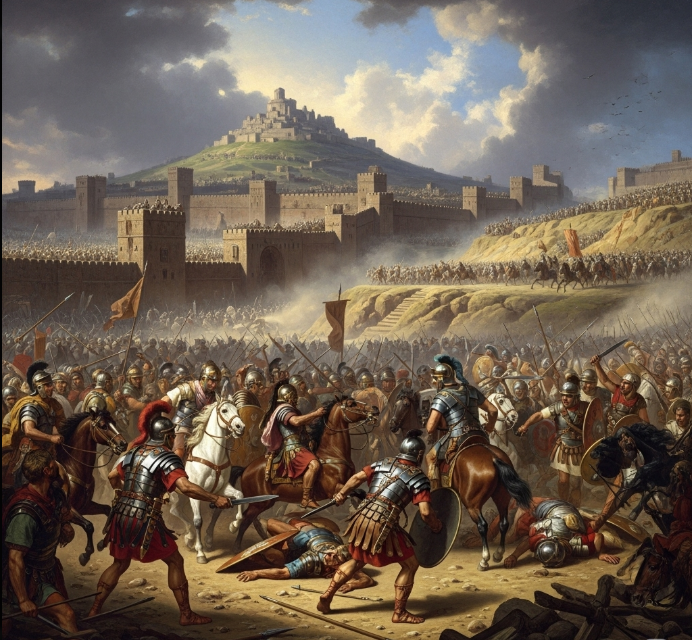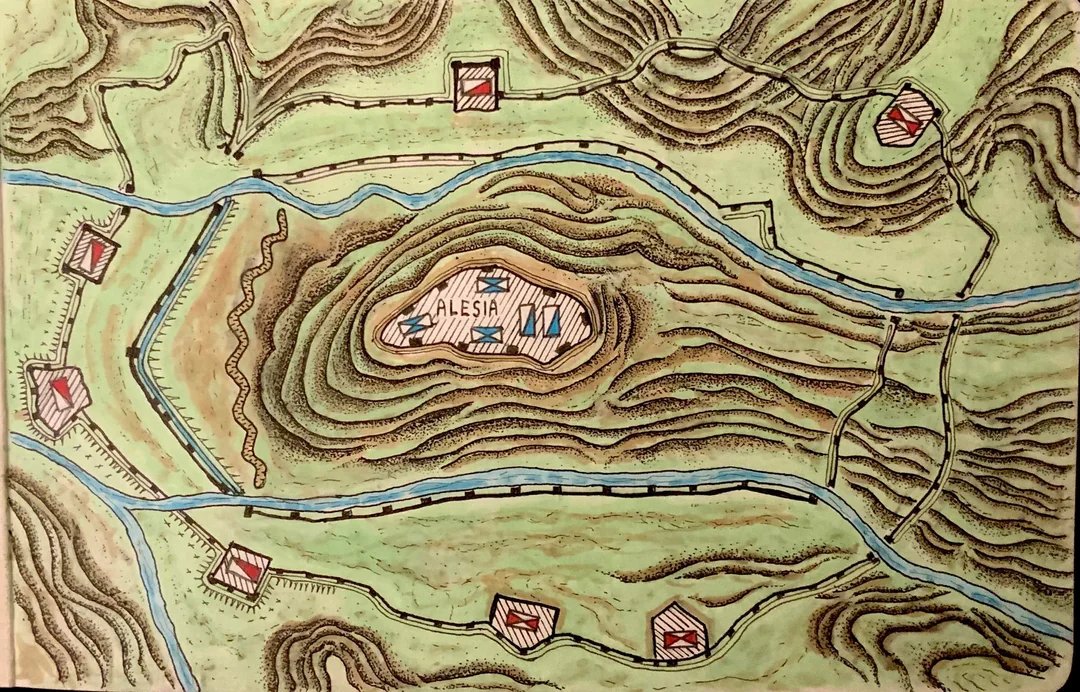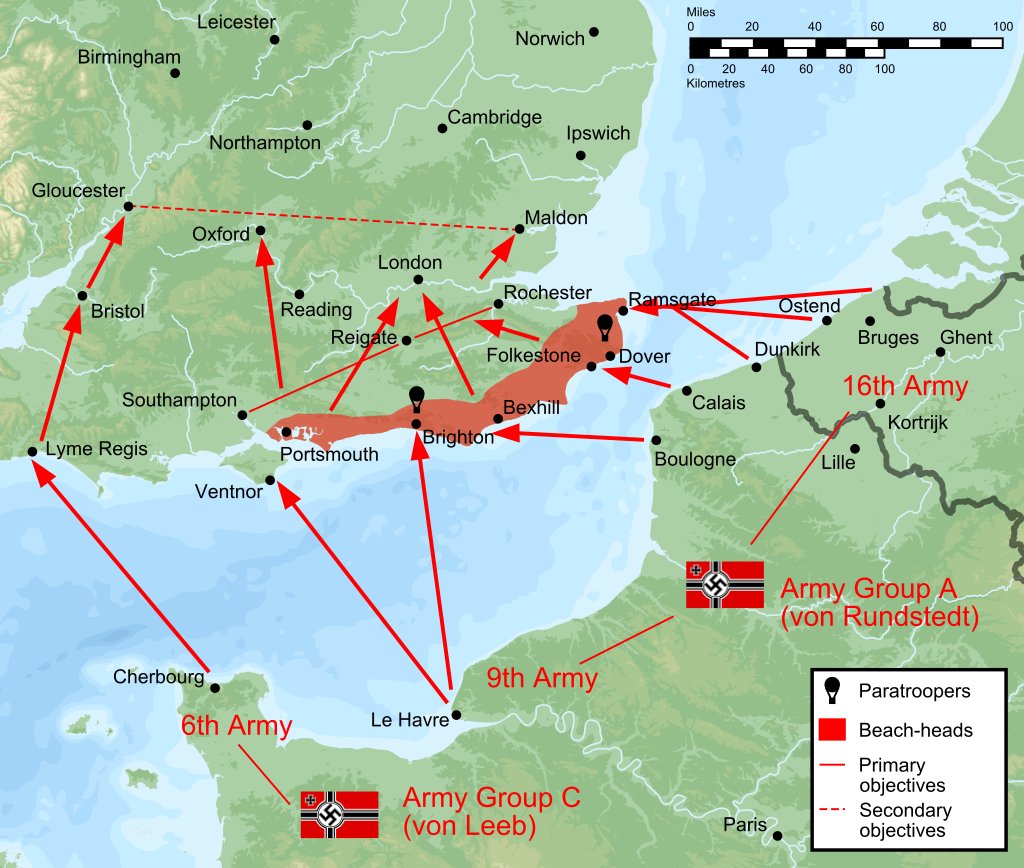1/4 On August 13, 1940, the Battle of Britain escalated dramatically. It was "Adlertag"—Eagle Day.
The German plan: Use the full might of the Luftwaffe to smash the RAF's Fighter Command in a series of massive, coordinated attacks. Here's how the day unfolded.
The German plan: Use the full might of the Luftwaffe to smash the RAF's Fighter Command in a series of massive, coordinated attacks. Here's how the day unfolded.

2/4 The day began poorly for the Luftwaffe. Morning raids were hampered by bad weather, leading to confusion and uncoordinated attacks.
German bombers, believing their fighter escorts were present, flew into ambushes. RAF radar stations, though targeted, were often quickly repaired or had backups. #MilitaryHistory #BattleOfBritain
German bombers, believing their fighter escorts were present, flew into ambushes. RAF radar stations, though targeted, were often quickly repaired or had backups. #MilitaryHistory #BattleOfBritain

3/4 The fighting was intense. RAF pilots, though outnumbered, fought with incredible tenacity. The iconic Spitfire and Hurricane proved more than a match for the German fighters at the altitudes the battles were fought.
The Luftwaffe lost 47 aircraft, while the RAF lost 13. Crucially, Germany failed to land a knockout blow.
The Luftwaffe lost 47 aircraft, while the RAF lost 13. Crucially, Germany failed to land a knockout blow.

4/4 Adlertag was a strategic failure for Germany. It demonstrated the resilience of the RAF's command and control system and the skill of its pilots. The Few would continue to hold the line.
What do you think was the single biggest reason for the Luftwaffe's failure on Eagle Day?
What do you think was the single biggest reason for the Luftwaffe's failure on Eagle Day?

• • •
Missing some Tweet in this thread? You can try to
force a refresh






















